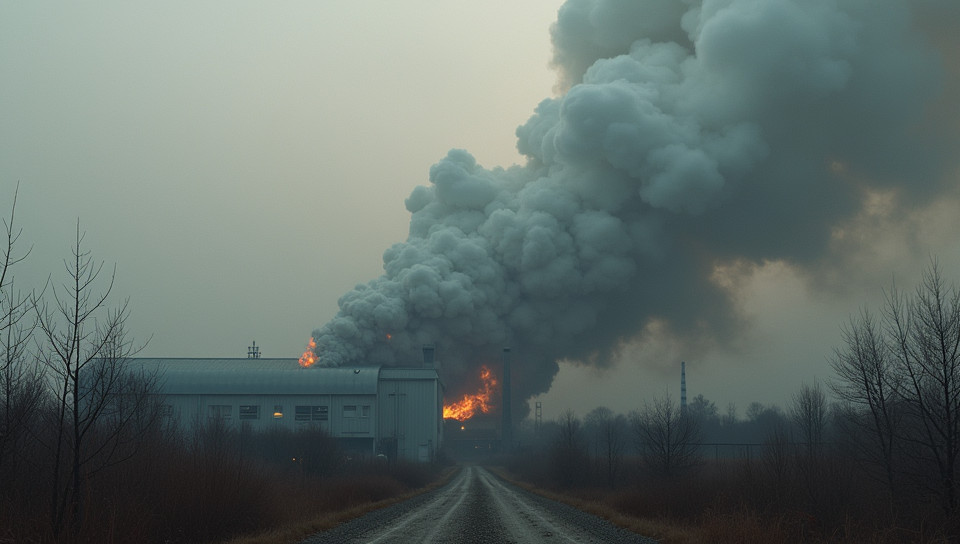Non-industrial smoke is hazardous 12%

The Hidden Dangers of Non-Industrial Smoke
As we go about our daily lives, there are many things that we take for granted, but one thing that often gets overlooked is the air we breathe. While industrial smoke has been extensively studied and regulated due to its hazardous effects on human health and the environment, non-industrial smoke often flies under the radar. From wildfires to cooking fumes, non-industrial smoke can be just as damaging as its industrial counterpart.
What is Non-Industrial Smoke?
Non-industrial smoke refers to any type of smoke that is not generated by industrial activities such as manufacturing or combustion plants. This includes smoke from wildfires, agricultural burning, cooking fumes, and even smoke from vehicles and generators. While these types of smoke may seem harmless, they can actually have serious health consequences.
Health Risks Associated with Non-Industrial Smoke
Non-industrial smoke contains a cocktail of pollutants that can cause a range of health problems. Some of the key risks associated with non-industrial smoke include:
- Respiratory issues such as asthma and chronic obstructive pulmonary disease (COPD)
- Cardiovascular disease
- Cancer
- Neurological damage
- Eye and skin irritation
The Impact on Vulnerable Populations
Non-industrial smoke can have a disproportionate impact on vulnerable populations, including children, the elderly, and people with pre-existing medical conditions. These individuals may be more susceptible to the health effects of non-industrial smoke due to their compromised immune systems or other underlying health issues.
Prevention and Mitigation Strategies
While it's impossible to eliminate all non-industrial smoke, there are steps that can be taken to reduce its impact. Some prevention and mitigation strategies include:
- Implementing stricter regulations on open burning practices
- Encouraging the use of cleaner fuels such as natural gas or propane
- Investing in air filtration systems for indoor spaces
- Educating the public about the risks associated with non-industrial smoke
Conclusion
Non-industrial smoke may seem like a minor issue compared to industrial pollution, but it's just as hazardous and deserves attention. By understanding the risks associated with non-industrial smoke and taking steps to mitigate its impact, we can create healthier communities and protect the environment for future generations. It's time to shine a light on this often-overlooked issue and take action to address it.
- Created by: Eva Stoica
- Created at: Nov. 29, 2024, 1:14 p.m.
- ID: 16343







